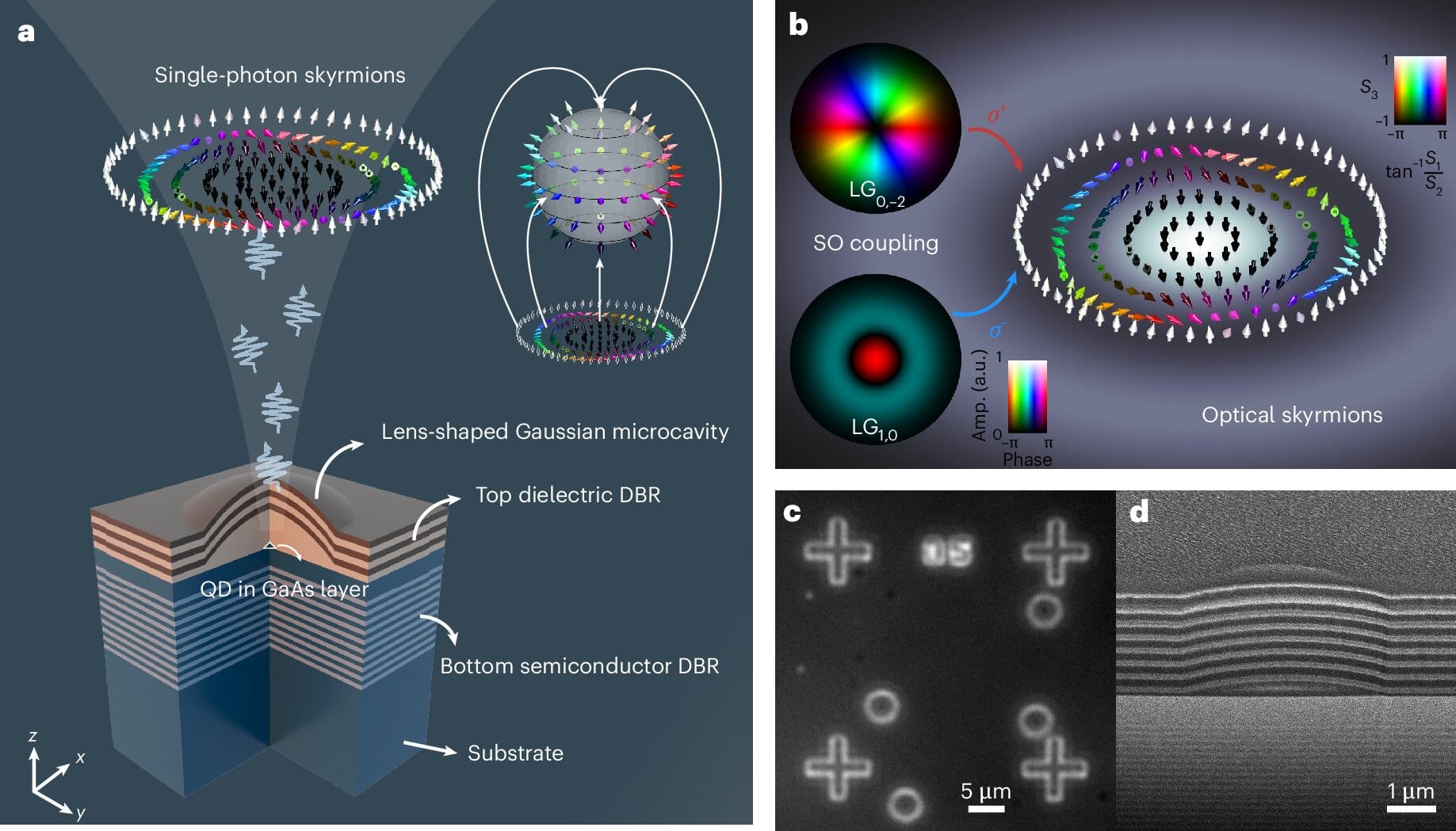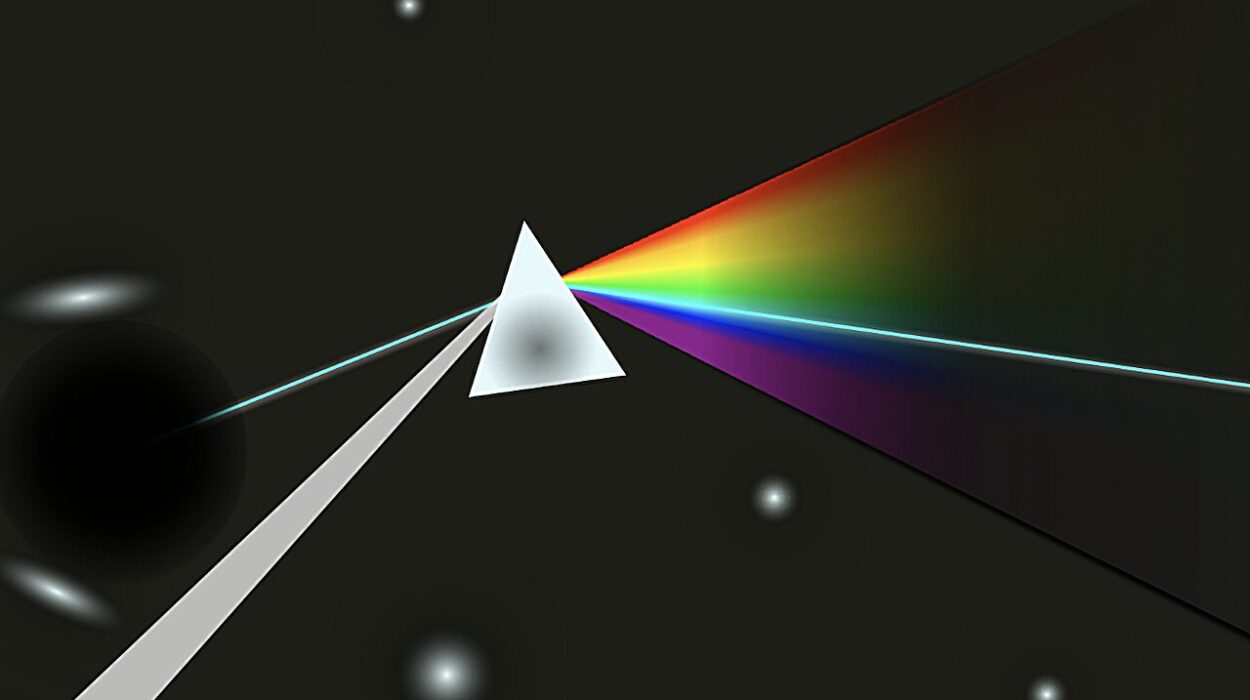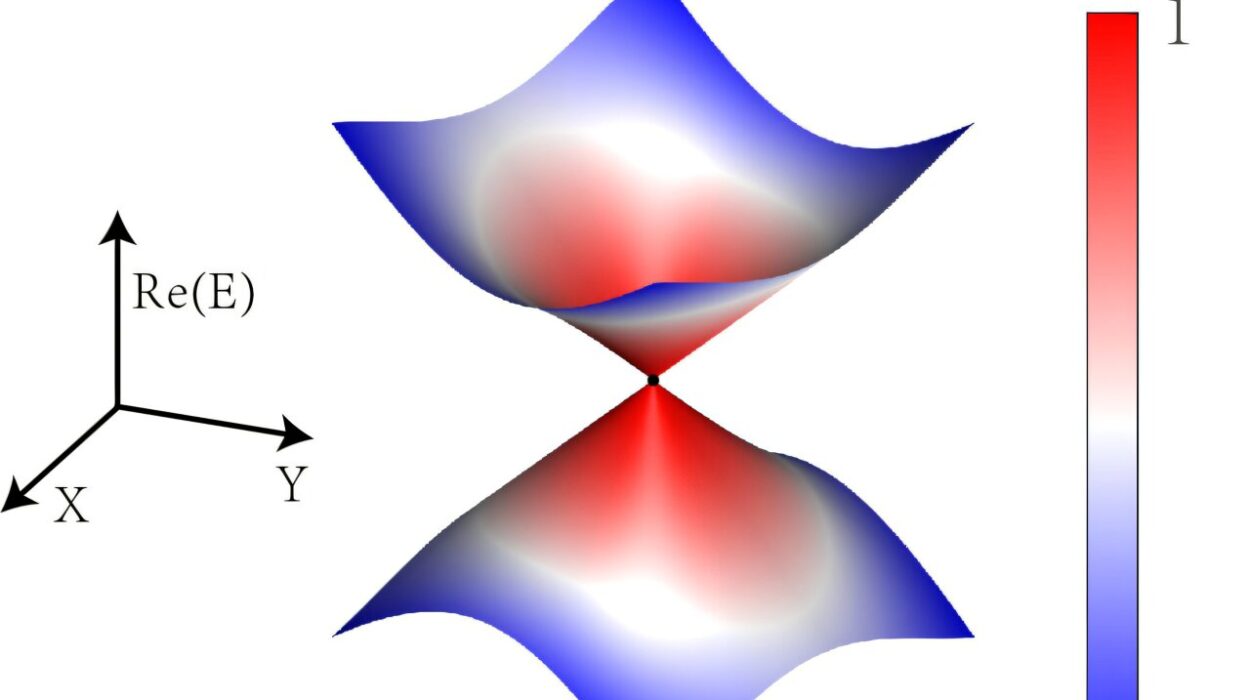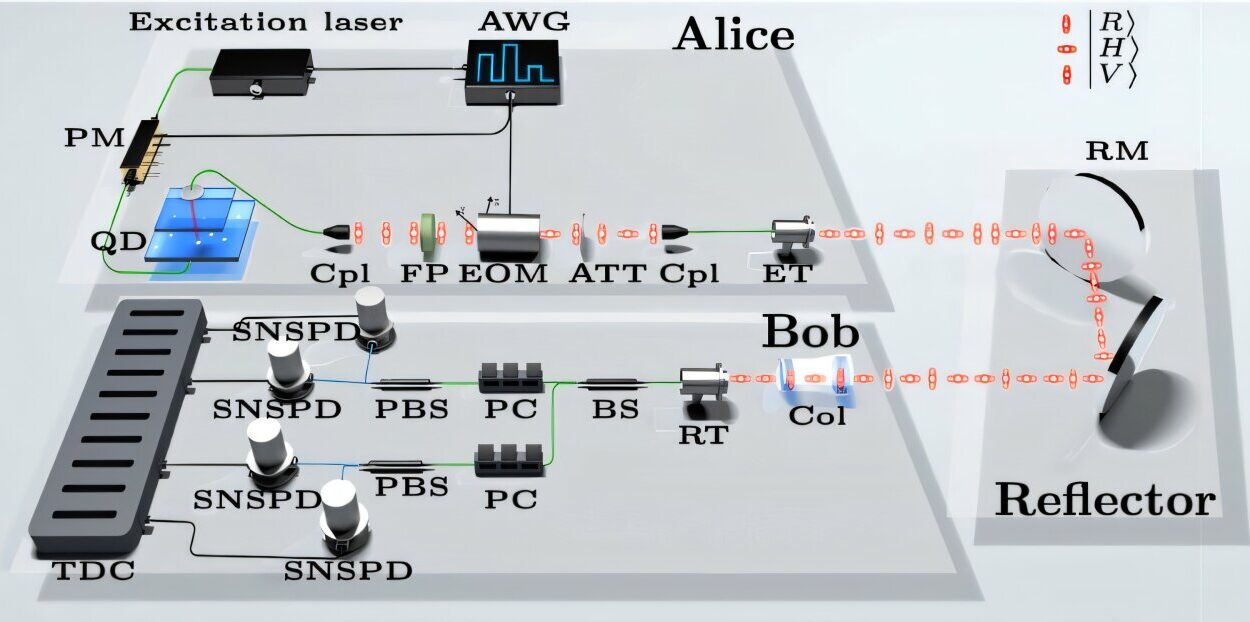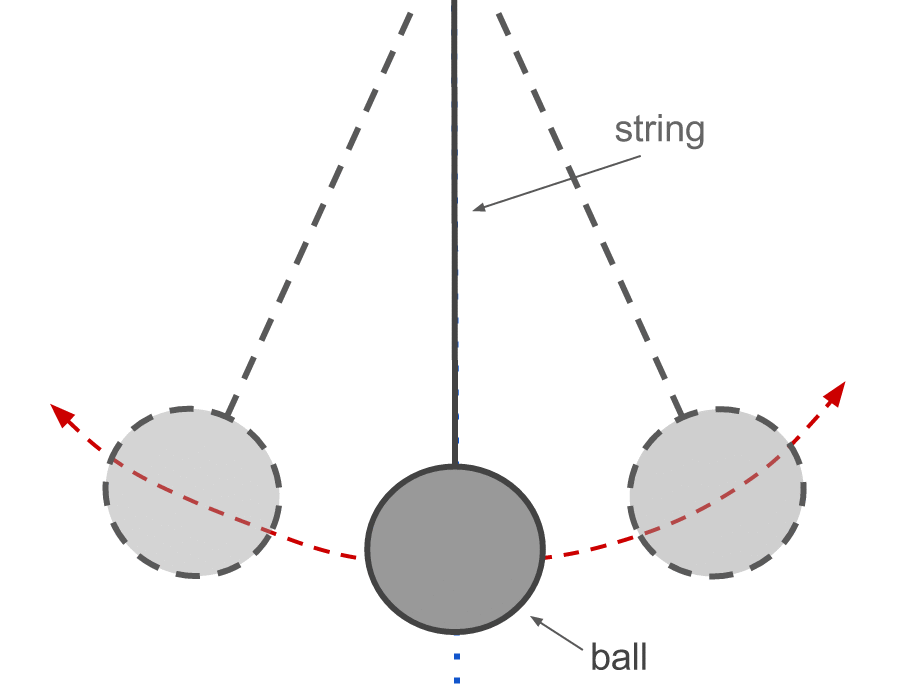For decades, skyrmions — swirling, particle-like configurations stabilized by topological rules — have fascinated physicists. Born from high-energy physics theory and now a staple in condensed matter research, these quasiparticles are prized for their resilience: they hold their structure even when disturbed, making them ideal candidates for next-generation data storage and manipulation.
But until now, skyrmions have largely been a playground for classical physics, showing up in magnets and bulk optical systems. The quantum version — built from single particles of light — has remained a dream.
That dream has just become reality. Researchers from Sun Yat-sen University and Tianjin University have achieved the first experimental realization of single-photon quantum skyrmions in a semiconductor cavity quantum electrodynamics (QED) system. Their study, published in Nature Physics, not only marks a milestone in photonics but also points toward a new era of quantum devices where light carries topologically protected information.
Why Skyrmions Matter
A skyrmion isn’t a particle in the traditional sense — it’s a stable, knot-like configuration of fields. Its “topological” nature means you can twist or deform it without changing its fundamental structure. This resilience makes skyrmions attractive for technology: they can, in principle, store information more reliably than conventional systems.
In photonics, creating skyrmions with light opens the door to ultra-robust data channels, immune to many sources of noise and disruption. But producing these complex structures at the single-photon level — the building blocks of quantum communication — has been a formidable challenge.
“While optical skyrmions have been demonstrated in classical optics using bulk setups, creating them with single photons on a chip-scale platform remained an open problem,” said Ying Yu, co-senior author of the new study. “We aimed to bridge this gap by leveraging solid-state cavity QED with engineered spin–orbit coupling.”
The Blueprint for a Quantum Skyrmion
To bring these elusive structures into existence, Yu and his team engineered a semiconductor-dielectric Gaussian microcavity with strong photonic spin–orbit coupling. This coupling — a quantum link between a photon’s polarization and its orbital angular momentum — is the key ingredient for producing skyrmions in light.
Inside the cavity, the team embedded a single indium arsenide (InAs) quantum dot — a nanoscale semiconductor structure that behaves like an artificial atom, capable of emitting one photon at a time. By placing it at the cavity’s center and applying a magnetic field, they could make the quantum dot’s emission couple to specific swirling cavity modes.
These modes are special superpositions of Laguerre–Gaussian states, which carry orbital angular momentum — essentially, light waves twisted into corkscrew shapes. The interaction between the quantum dot and these twisted light modes gave rise to photons whose polarization patterns formed the hallmark circular and spiral textures of a skyrmion.
The First Quantum Optical Skyrmions
With their device built and tuned, the researchers turned to polarization-resolved single-photon measurements to confirm their creation. The results were clear: for the first time, a single photon was carrying a skyrmionic polarization texture, its properties safeguarded by topological rules.
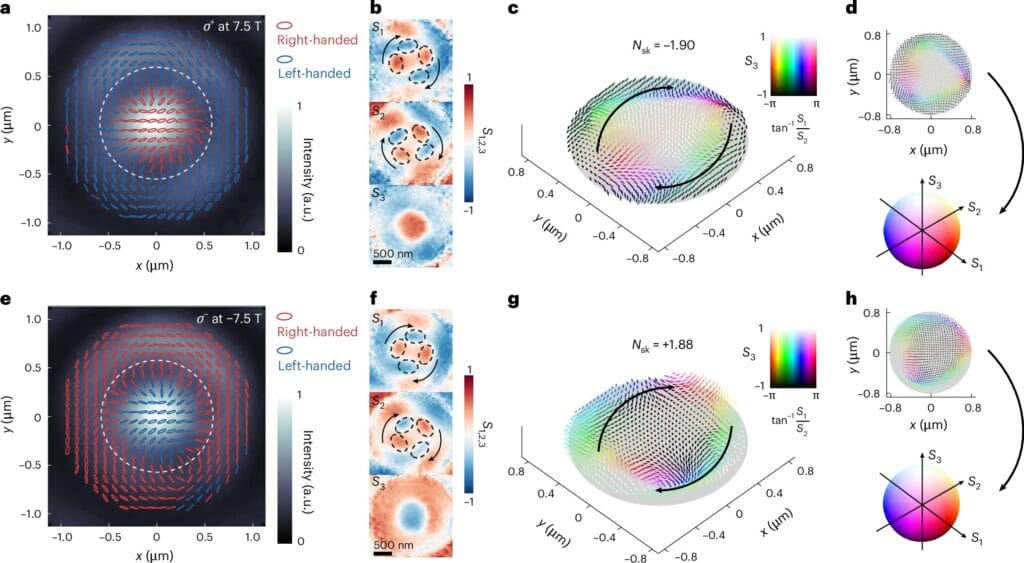
“We were the first to experimentally realize quantum optical skyrmions on an integrated nanophotonic platform,” Yu explained. “Beyond demonstrating their deterministic generation, we also verified their topological invariance under optical perturbations.”
That invariance — the fact that the skyrmion structure persisted even when the system was disturbed — is a central reason why topological states are so sought after for quantum technology.
Why This Breakthrough Matters
The ability to engineer skyrmions at the quantum level could transform the way we store, transmit, and process information. In quantum communication, single photons often serve as carriers of data. Encoding that data in a topologically protected skyrmion could make it far more robust against environmental noise, improving the reliability of quantum networks.
It could also lead to high-dimensional quantum communication protocols, where more information is packed into each photon using the complexity of the skyrmion’s structure. And for quantum memories, skyrmions could store data in ways that resist both optical and magnetic disturbances.
“This work bridges two previously separate domains — topological photonics and quantum optics,” said Yu. “It opens a path toward photonic quantum devices that combine the stability of topological states with the power of quantum information.”
Looking Ahead: Beyond Skyrmions
The team’s ambitions don’t stop here. They plan to explore skyrmioniums — more complex, composite structures with tunable topology — which could expand the toolbox for both spintronics and quantum technologies. They’re also working on generating entanglement between a photon’s polarization and its skyrmionic texture, which could unlock entirely new classes of quantum states.
Another frontier is integrating these systems into scalable photonic circuits, moving from proof-of-concept experiments to devices that could be manufactured and deployed in quantum networks or computing systems. Using anisotropic and chiral materials might allow even finer control over the topological features of the emitted photons, making future devices more versatile and programmable.
A Glimpse of the Quantum Future
In the grand sweep of scientific progress, some discoveries mark a change not just in what we can do, but in how we think about doing it. The creation of the first single-photon quantum skyrmions is such a moment. It demonstrates that the strange, knotted geometries of topological physics can be woven into the very fabric of quantum light.
It’s a breakthrough that suggests a future where our most delicate and powerful technologies are also our most robust — where information rides on light that refuses to be unraveled.
And somewhere in a quiet lab in China, a photon with a tiny topological twist just made that future a little more real.
More information: Jiantao Ma et al, Nanophotonic quantum skyrmions enabled by semiconductor cavity quantum electrodynamics, Nature Physics (2025). DOI: 10.1038/s41567-025-02973-y.
